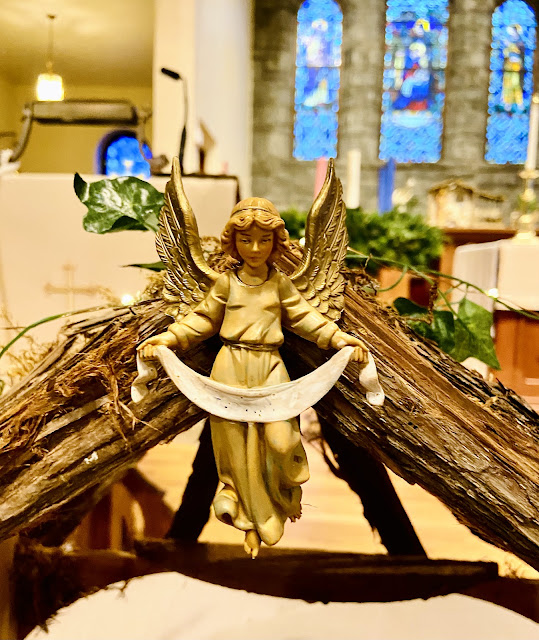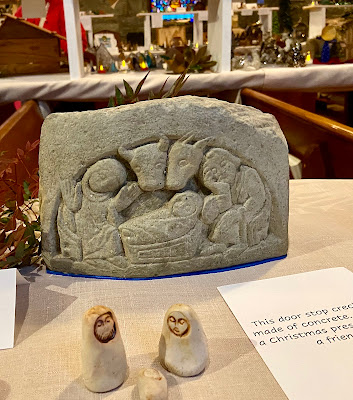St. Philip’s Episcopal Church in Brevard, North Carolina, hosted a nativity scene exhibit in early December. The exhibit, titled “No Room at the Inn,” featured more than 100 nativity scenes from the parishioners’ private collections.
The Christian tradition of nativity scenes dates back to St. Francis of Assisi, when in 1223, a real manger was set up during the midnight mass in Greccio, Italy, to commemorate the birth of the baby Jesus. The tradition caught on and quickly spread throughout Europe and the rest of the Christian world.
The historic St. Philip’s Church was built in 1926 after a fire destroyed the previous wooden building.
The building was made of hand-cut stone, designed by North Carolina architect Louis Humbert Asbury and built by local stonemasons and carpenters.
This is a family nativity scene, collected for decades. Each figurine is hand-painted and is the work of Italian sculptor Fontanini; the most collected nativity scene in the world.
This is a rare, discontinued Big Sky Carvers dog nativity set: "Dogtivity" featuring a Black Labrador, German Shepherd, Westie (West Highland White Terrier), Poodle, Pug, Dalmatian, Basset Hound, Yellow Labrador, Border Collie, Scottish Terrier, Golden Retriever, and Jack Russell Terrier.
Jim Shore's "Miracle of Bethlehem," purchased at Bronner's Christmas Store in Frankenmuth, Michigan, in 2011. A stable with nine nativity scene figures dressed in quilted garments


























































